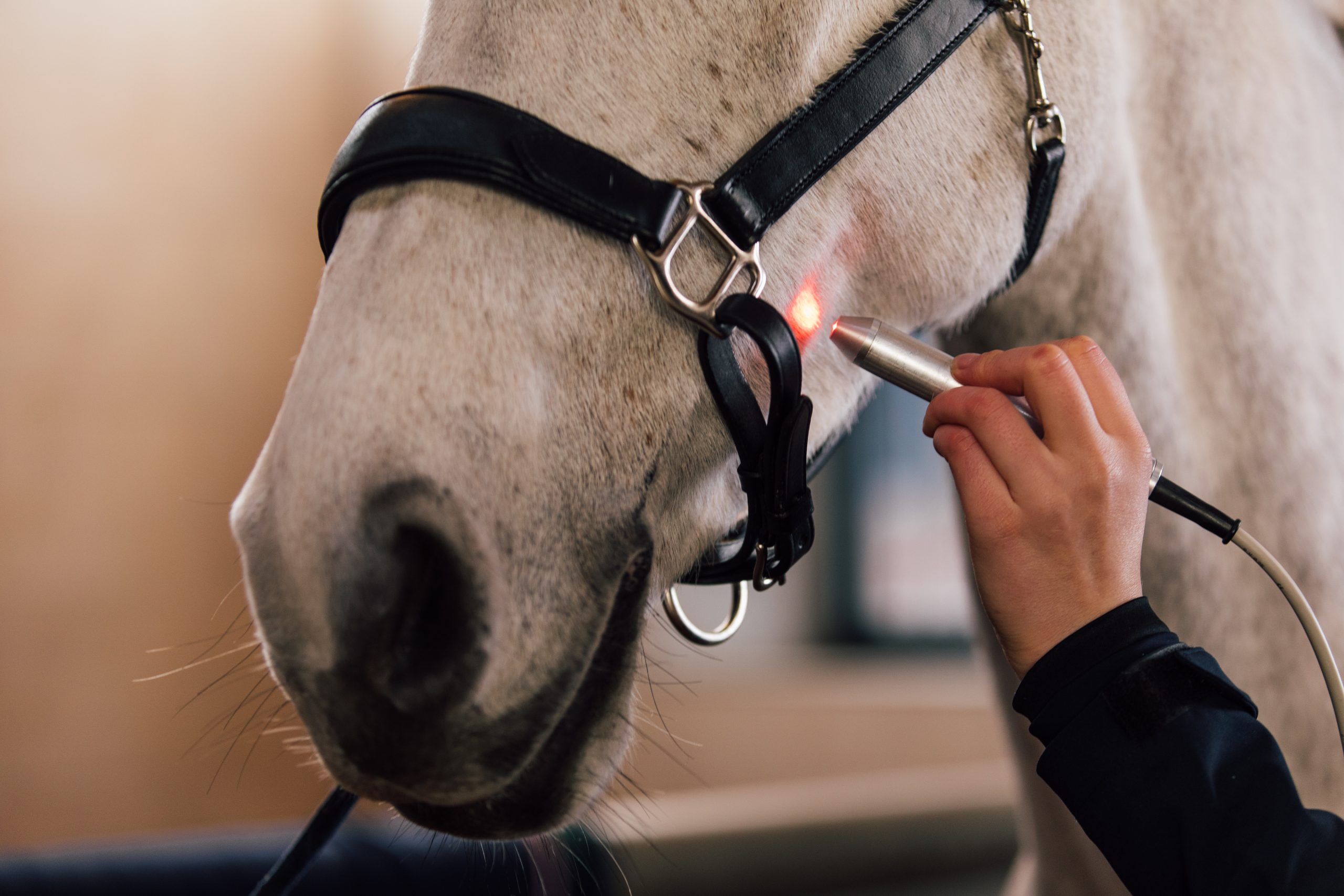Equine Therapy for Kid: Emotional and Behavioral Assistance Discussed
Equine Therapy for Kid: Emotional and Behavioral Assistance Discussed
Blog Article
Reviewing the Performance of Laser Therapy in Horse Therapy for Injury Rehabilitation
The assessment of laser treatment's effectiveness in equine injury recovery pivots on several factors, including healing time, pain mitigation, and tissue regrowth. Clinical researches recommend notable improvements in conditions like tendonitis and osteo arthritis, credited to boosted cellular function and elevated ATP manufacturing. Veterinarians regularly observe premium outcomes with laser treatment compared to traditional approaches, positioning it as a vital aspect in equine care. Nonetheless, the requirement for constant tracking and personalized therapy strategies can not be overstated. What particular professional evidence sustains these cases, and how do veterinarians execute these protocols in practice?
Comprehending Laser Therapy
Laser therapy has ended up being an essential tool in veterinary medication, especially in the treatment of equine conditions. Known for its non-invasive nature and efficiency, laser therapy involves the application of specific wavelengths of light to stimulate cells repair service and minimize inflammation. This healing method is progressively favored for its capacity to speed up the healing procedure in steeds experiencing a variety of bone and joint injuries and chronic problems.
The key mechanism behind laser treatment is its ability to improve mobile functions. When laser light passes through the skin, it is absorbed by mitochondria, the giant of cells, which leads to enhanced manufacturing of adenosine triphosphate (ATP) This biochemical energy boost facilitates cellular fixing and regeneration. Furthermore, laser treatment promotes vasodilation, enhancing blood circulation and oxygen distribution to damaged tissues, hence speeding up healing.
In equine medication, laser treatment is particularly useful for problems such as tendonitis, osteo arthritis, and injury healing. The technique is lauded for its pain-relieving properties, enabling equines to gain back flexibility and function more rapidly. Veterinarians also value its marginal side impacts compared to other therapy modalities, making it a trustworthy and risk-free choice for equine care.

How Laser Treatment Functions

Upon absorption, these photons trigger a collection of biochemical modifications, enhancing mitochondrial feature and bring about boosted adenosine triphosphate (ATP) production. This surge in ATP speeds up cellular metabolic rate, advertising tissue fixing and regrowth. Additionally, laser treatment modulates inflammatory responses by influencing cytokine levels and lowering oxidative anxiety, thereby alleviating discomfort and swelling.
Another substantial aspect of laser treatment is its role in boosting microcirculation. The therapy advertises vasodilation, improving blood circulation and oxygen delivery to broken tissues (Equine Therapy). This assists in the removal of mobile debris and supports the spreading of fibroblasts and collagen synthesis, important for wound healing
Clinical Proof
The efficacy of laser treatment in equine therapy has been confirmed through numerous clinical research studies, showcasing its therapeutic potential throughout a series of conditions. Numerous controlled trials and empirical researches pop over here have documented substantial improvements in tissue repair service, discomfort reduction, and general recovery timelines. For example, a research study carried out by Turner et al. (2012) showed that horses treated with low-level laser therapy (LLLT) for tendon injuries displayed increased recovery compared to those getting traditional therapies. The research study highlighted a significant decrease in swelling and boosted collagen development.
In a similar way, research study by Johnson and colleagues (2015) focused on equine muscle injuries, disclosing that laser therapy dramatically accelerated muscular tissue fiber regrowth and decreased muscle rigidity. Clinical analyses have actually revealed that laser treatment can reduce chronic problems such as osteo arthritis.
Veterinarian Insights

Veterinarians also appreciate the versatility of laser therapy. She points out that laser therapy can be tailored to the particular requirements of each equine, guaranteeing ideal results.
In addition, vets value the capability to integrate laser therapy with other treatment methods. This multimodal strategy can boost total therapy effectiveness, offering an extensive service for equine rehabilitation. Such recommendations from seasoned specialists highlight the growing acceptance and application of laser imp source treatment in equine medication.
Practical Considerations
An essential aspect of implementing laser treatment in equine treatment includes comprehending the practical factors to consider that guarantee its efficacy and safety and security. It is crucial to pick the proper laser gadget, as numerous types vary in wavelength, power, and infiltration depth. Vets need to be well-versed in these criteria to tailor therapy protocols properly to each injury kind
Additionally, the regularity and duration of laser treatment sessions require cautious preparation to make best use of restorative advantages while minimizing any type of possible adverse impacts. Regular monitoring of the equine's response to treatment can assist necessary modifications in the treatment routine. Establishing a risk-free and regulated setting during treatments is likewise necessary to avoid unintended exposure to laser discharges, which can damage both the horse and the handler.
Educating and certification of personnel providing laser treatment are vital to make certain proper technique and to support security criteria. In addition, keeping accurate records of go to my site each session, including laser settings and observed results, is crucial for reviewing the total performance of the therapy and for making data-driven choices.
Verdict
Laser treatment has become an effective method in equine injury rehab, using significant advantages in healing time, discomfort alleviation, and cells healing. Scientific research studies emphasize substantial renovations in conditions such as tendonitis and osteoarthritis, associated to improved cellular function and raised ATP manufacturing. Vet observations prove these findings, highlighting superior end results compared to conventional treatments. For optimum results, constant tracking and personalized therapy procedures continue to be important in leveraging the full possibility of laser therapy in equine treatment.
Report this page